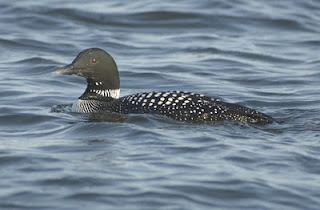 |
| Junco |
There are several regional kinds of Junco. But by far the most common, and the only one abundant in north Texas, is the Dark-eyed Junco (it has black around the eyes, of course). All kinds are botanically identical.
Bad weather (whether rain, cold, wind or ice) means that birds seek shelter - a place to "roost". Birds roost at night too, whatever the weather. Ground-feeding birds such as Juncos, roost temporarily in tall prairie grasses or low shrubs. Shrub-nesting species like Cardinals and Mockingbirds, roost in dense, evergreen shrubs. Cavity-nesters like Titmice and Chickadees may roost in an old nest or unused birdhouse Almost all birds like to roost in a brushpile* (old tree limbs and branches) you've built.
*If you want to find out more about brushpiles, and how to build one,
just send me an e-mail




